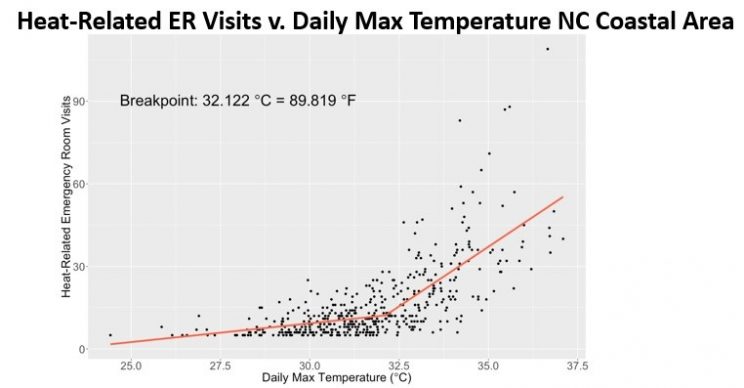ARL Weekly News – November 15, 2019
ASMD
Dr. Howard Diamond will be attending and participating in the annual NOAA Climate Program Office’s Earth System Science and Modeling (ESSM) community workshop from Nov. 18-19, 2019, in Silver Spring, MD. This year’s ESSM workshop theme is Climate Research to Enhance Resilience to Extreme Heat. As part of the workshop, Dr. Diamond will deliver a lightning talk entitled, Combining heat exposure indices with socioeconomic data to build a heat vulnerability index for the Southeast United States, in which he will present work from the U.S. Climate Reference Network (USCRN) team that he leads that will show how USCRN temperature and humidity data has begun to be used from the USCRN station in Durham, NC as an initial test case to look at: (1) Compiling a daily statistic looking at Emergency Room visits vs. daily maximum temperatures; (2) Calculating daily heat duration (in minutes); and (3) Calculating a Heat Vulnerability Index (HVI) for an area. The HVI uses social and environmental factors to determine the relative risk of areas for heat-related death during and immediately following extreme heat events. HVI is a statistical figure that factors in a variety of Census Bureau socioeconomic data, in concert with USCRN data, to help determine the relative risk of an area to heat-related deaths during and immediately following extreme heat events. As climate change continues to have greater effects on producing longer and more intense heat waves, being able to use the USCRN to apply its data to societal health issues will be an important societal application as well as in adding to the overall value of the USCRN to the Nation.

One of the graphics from Dr. Diamond’s presentation. Credit: NOAA

